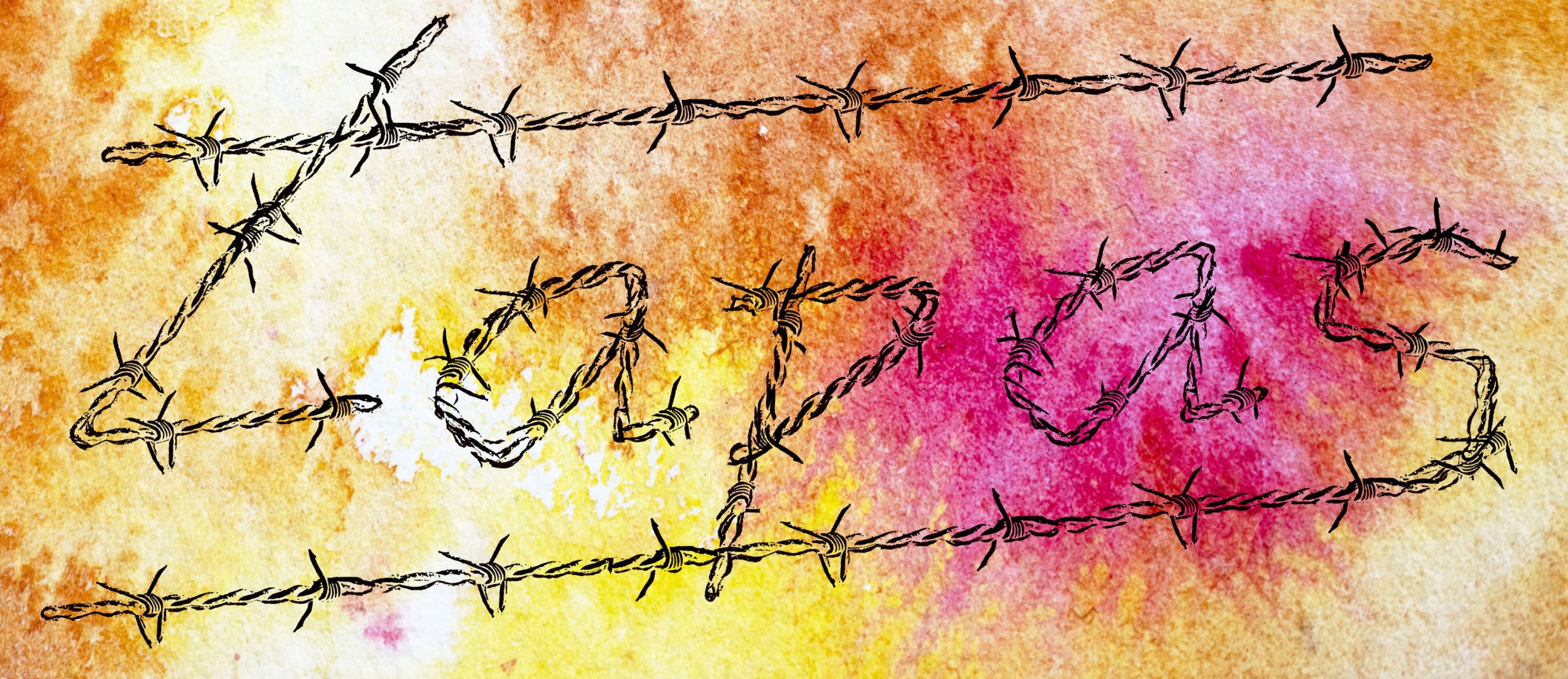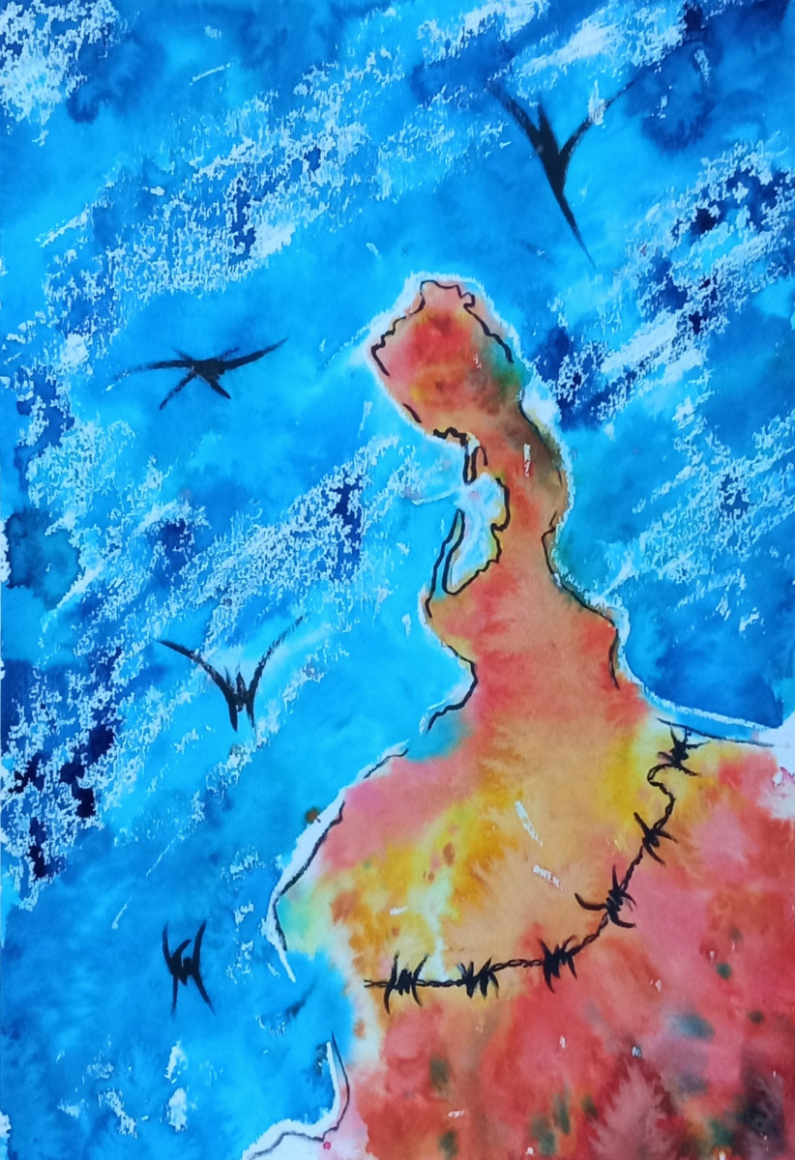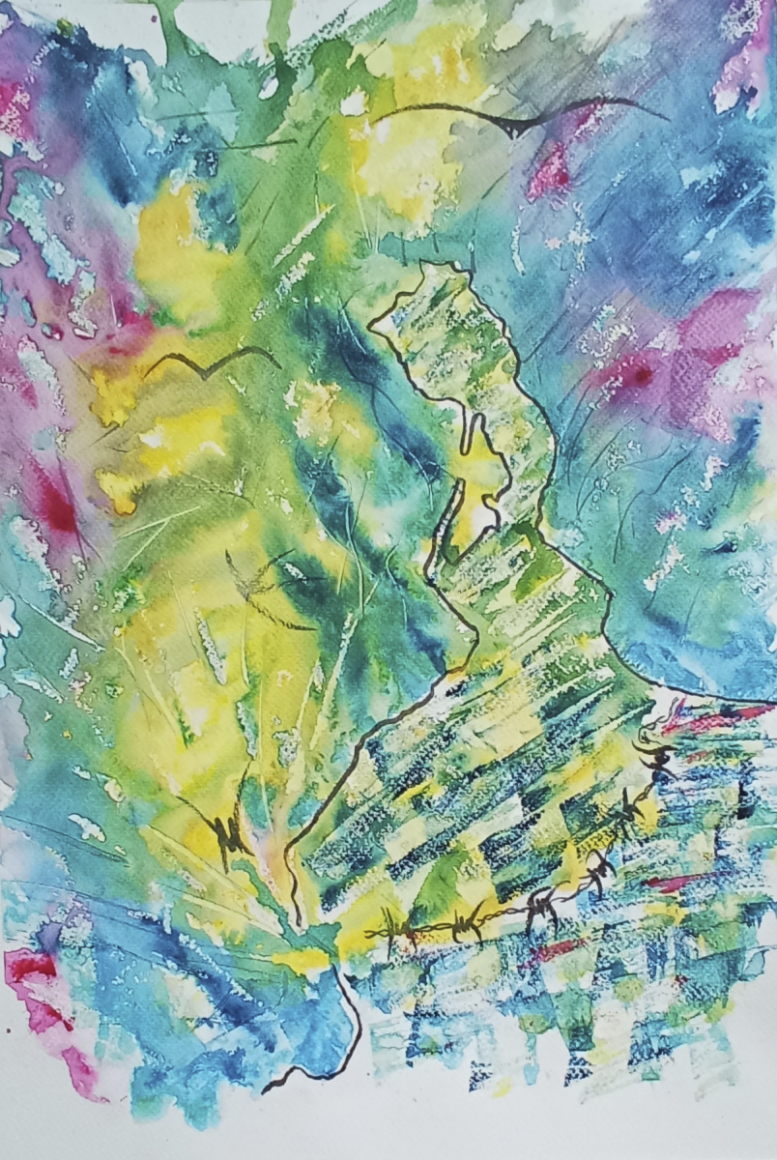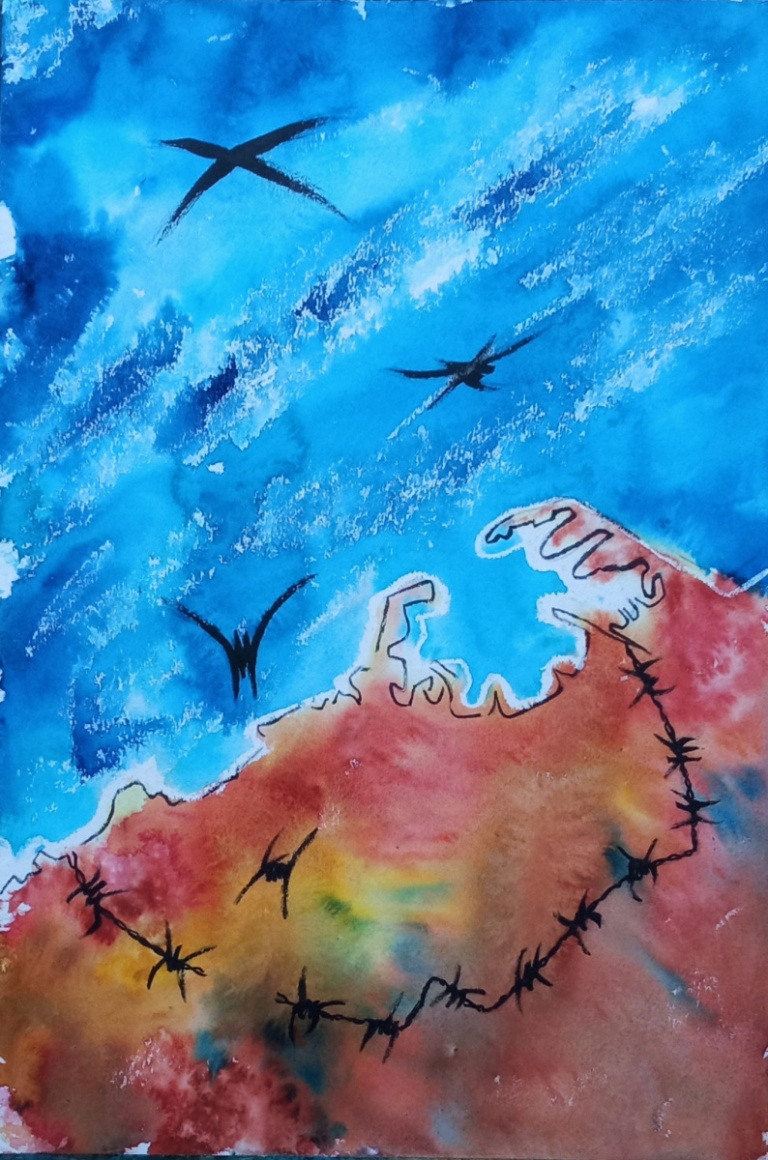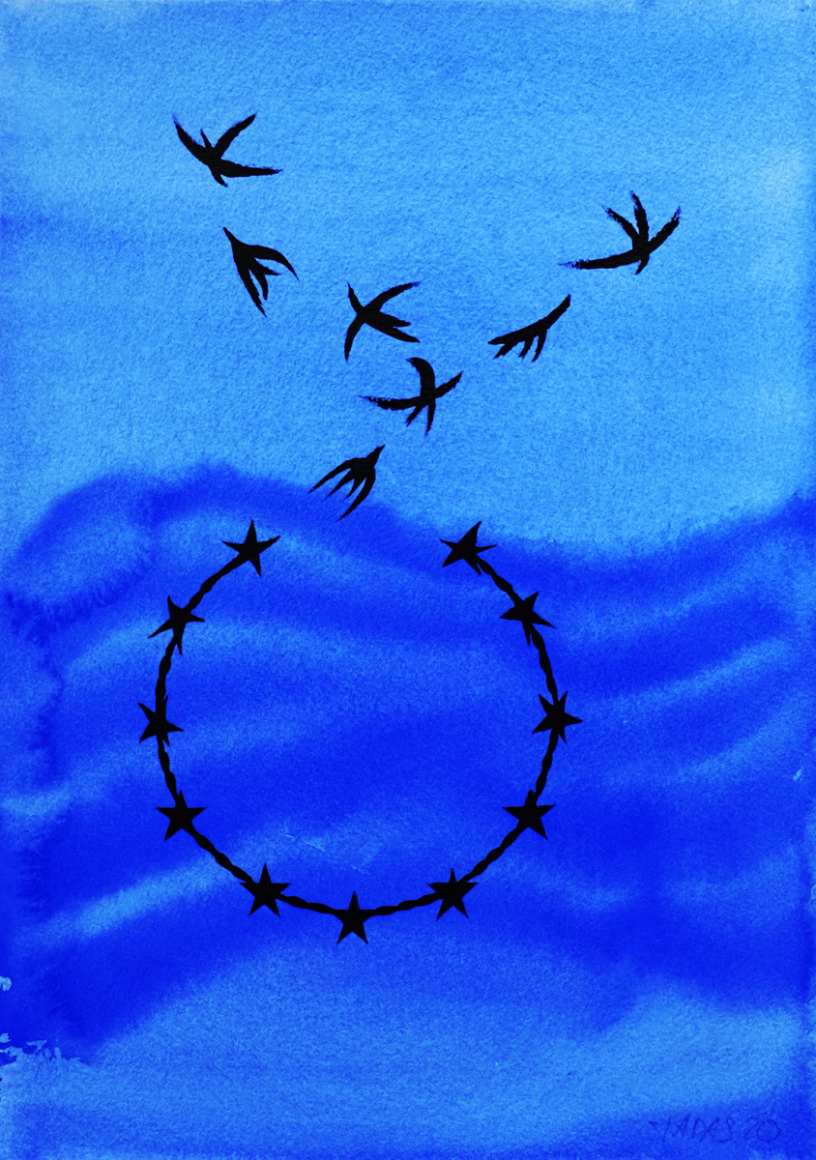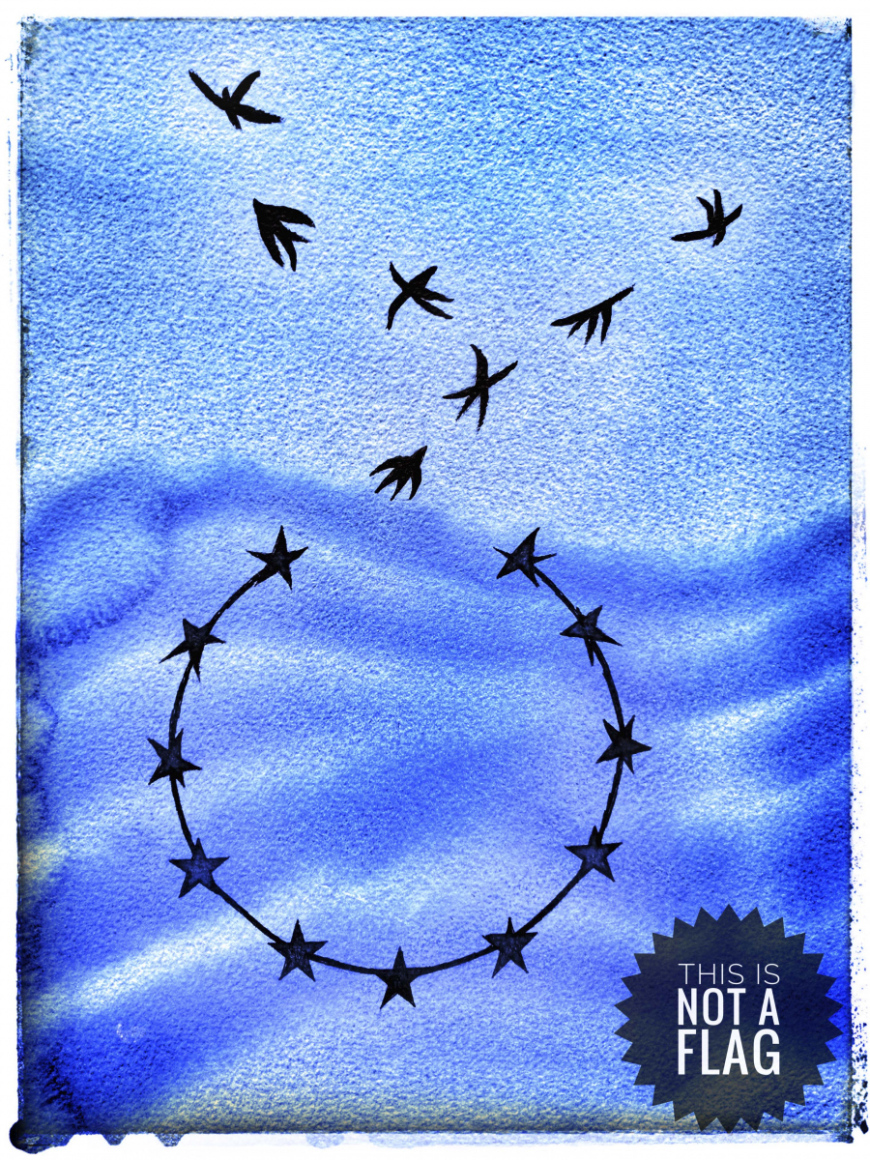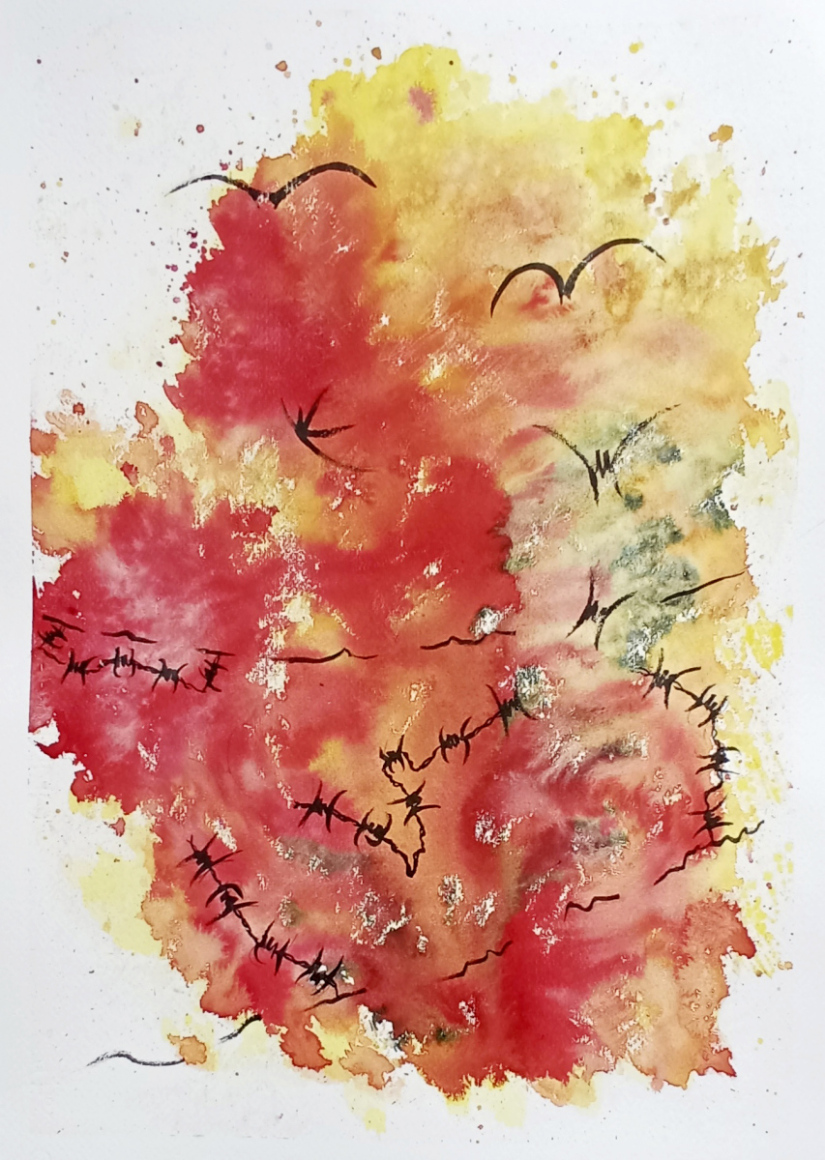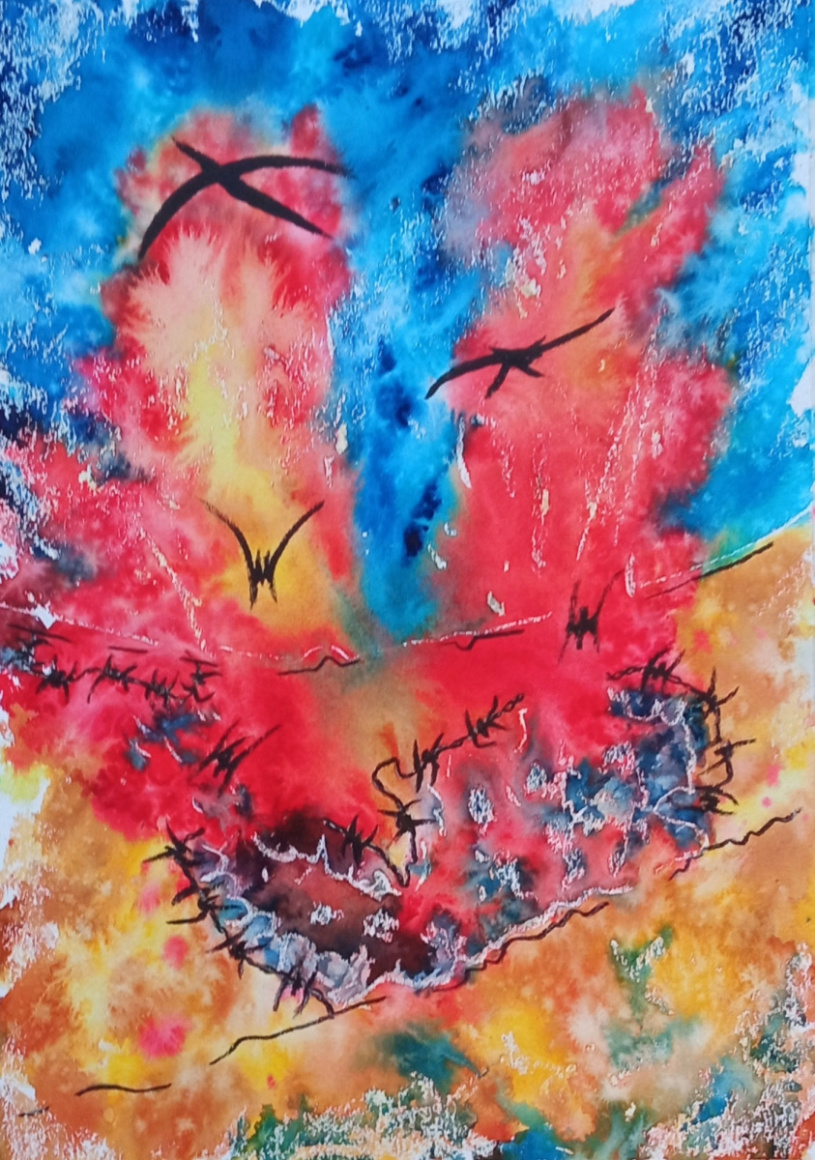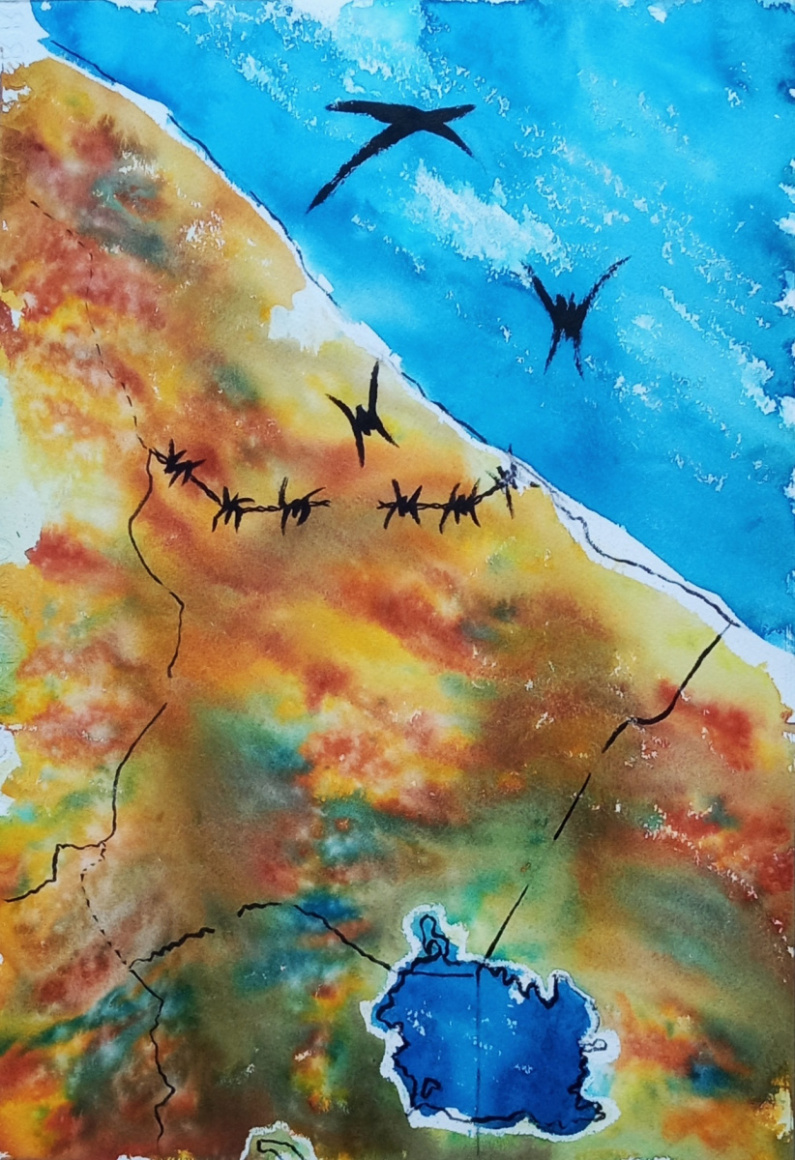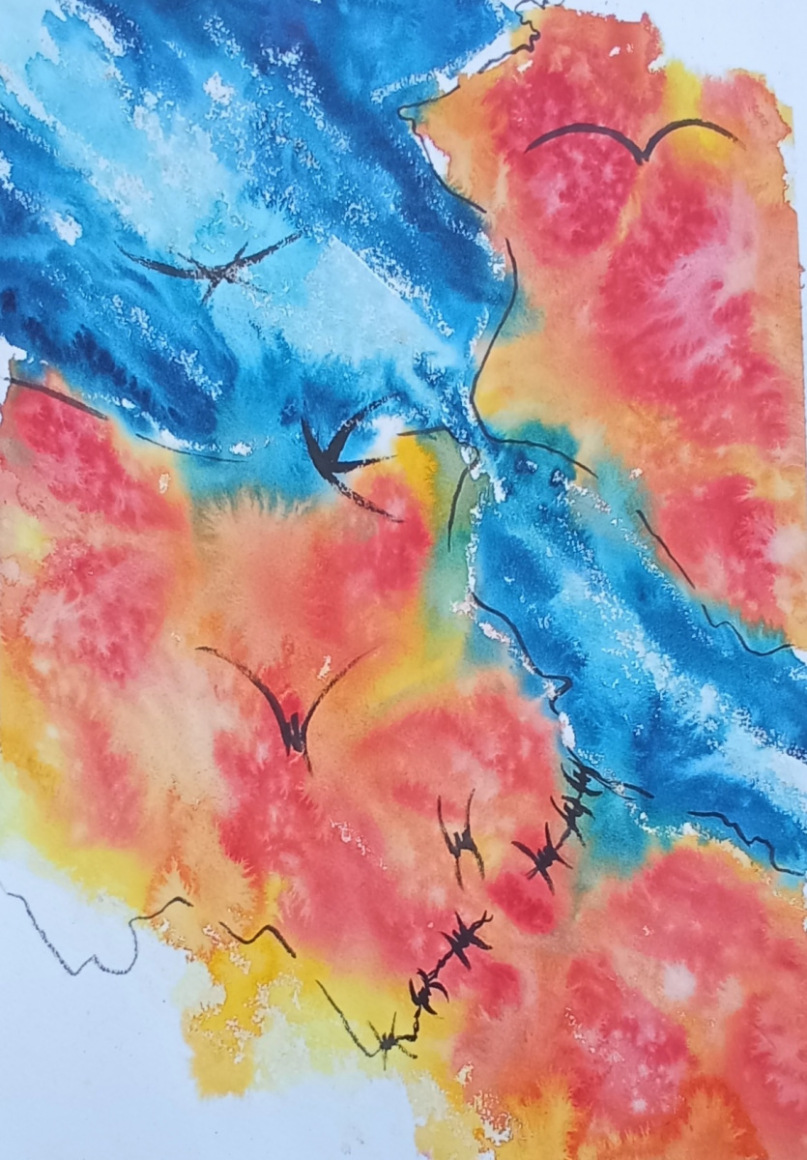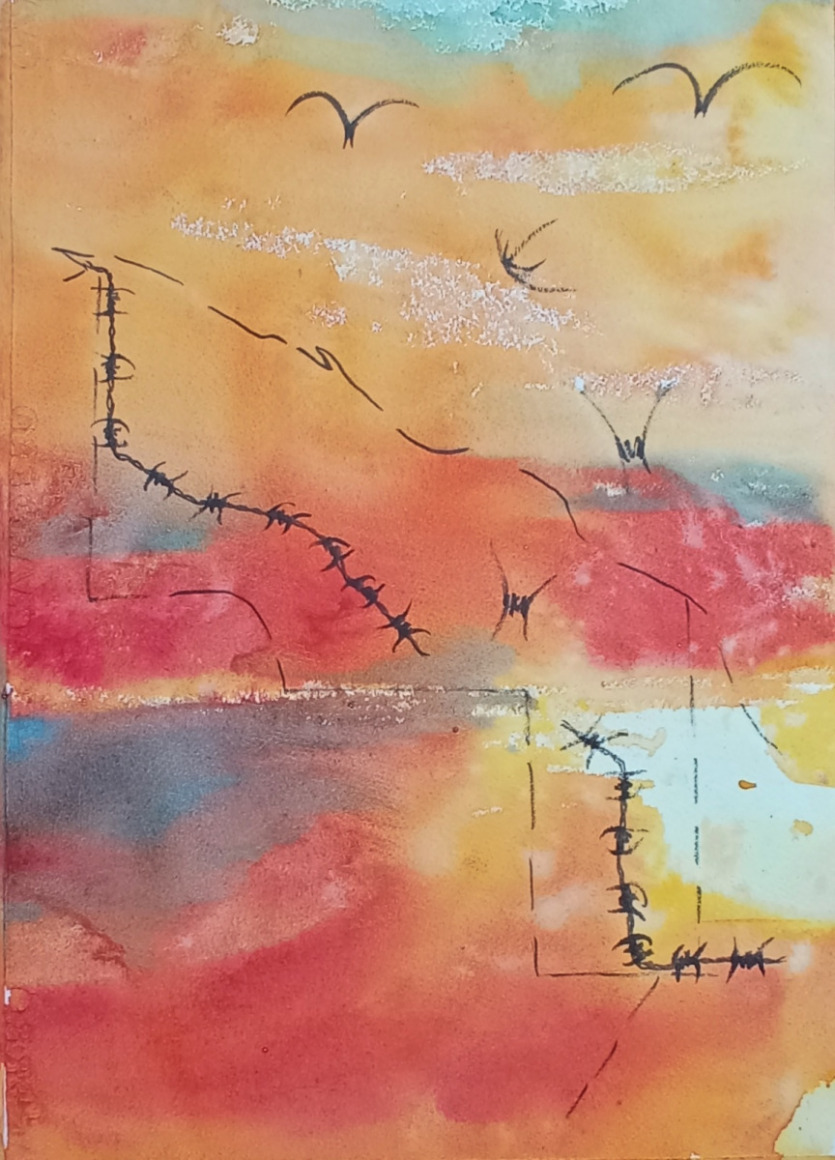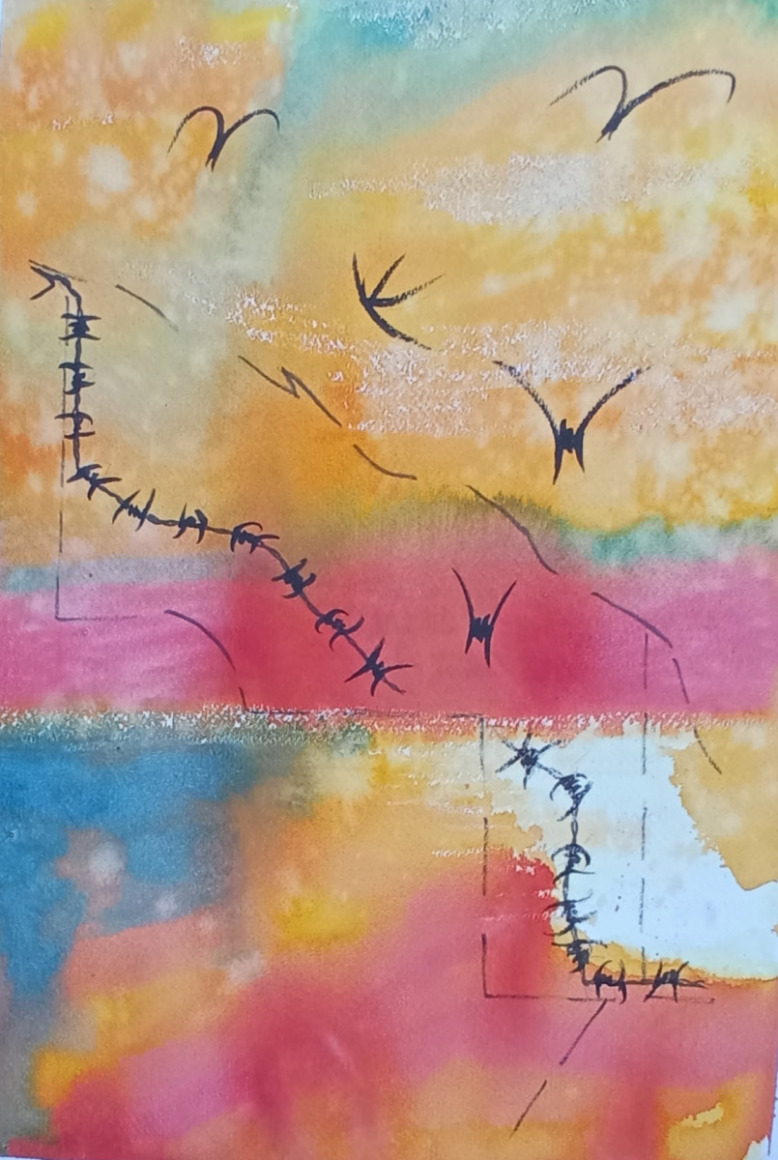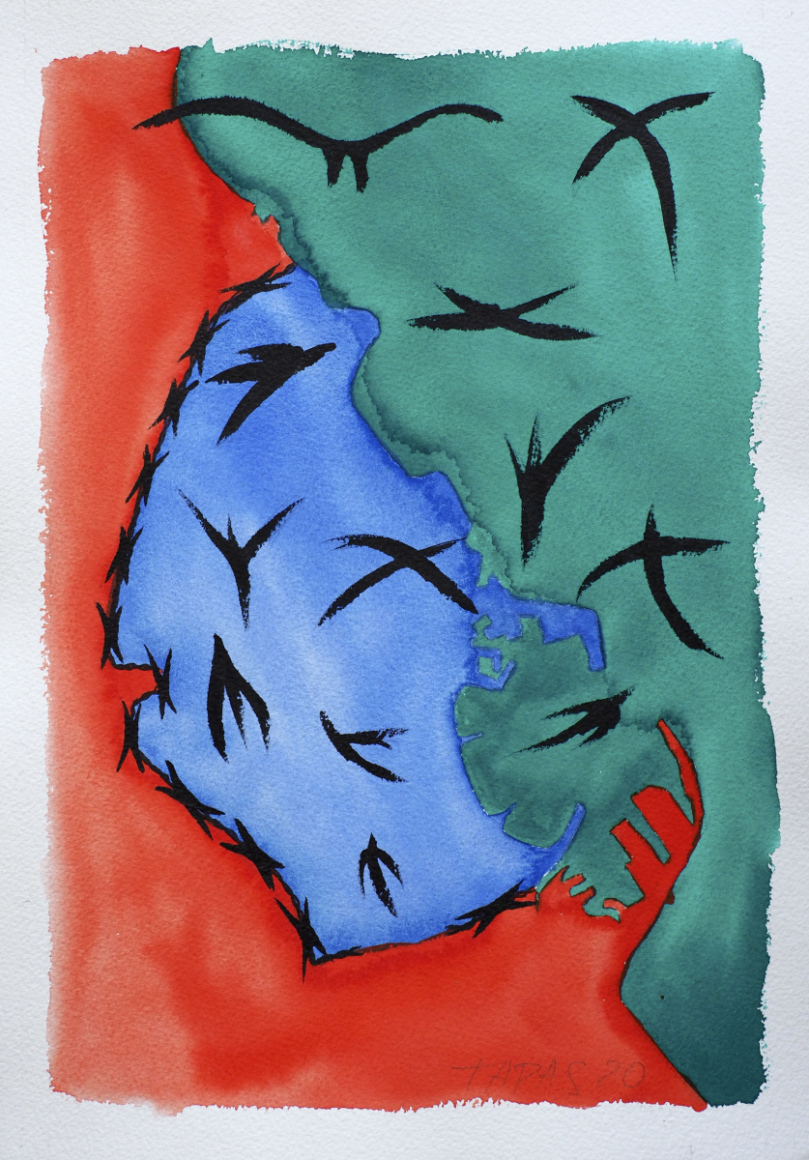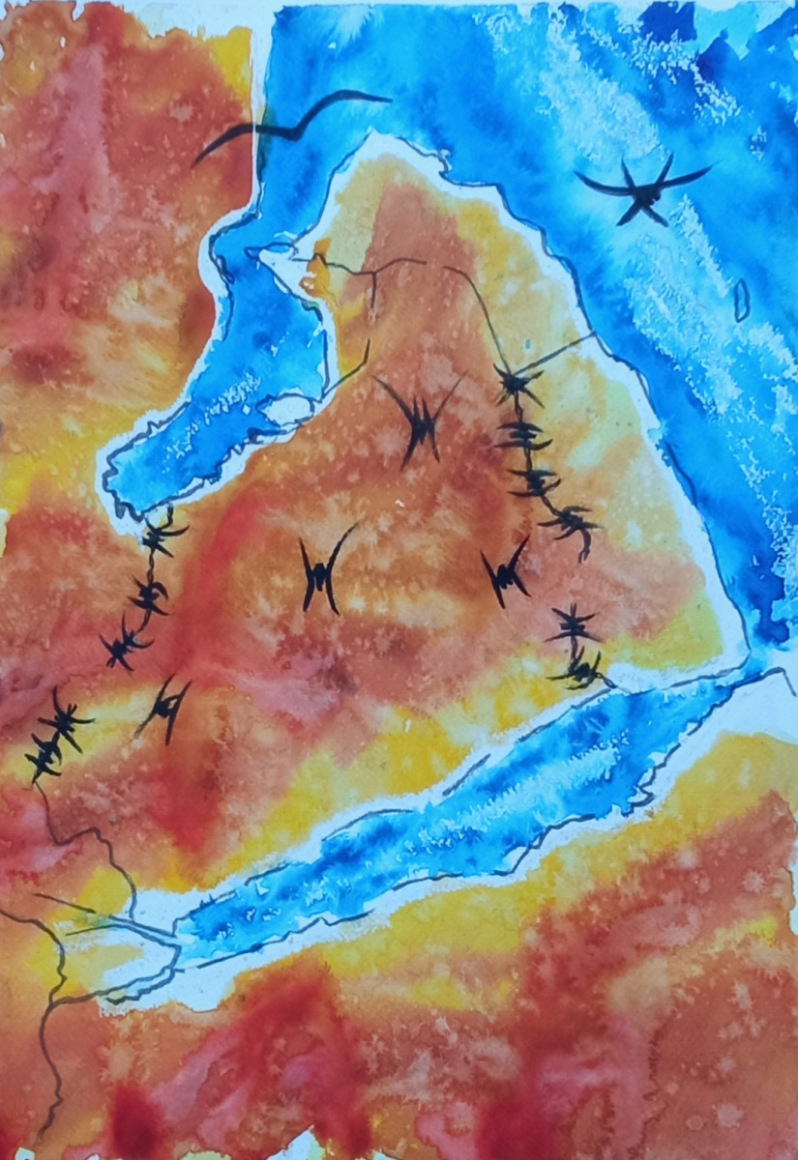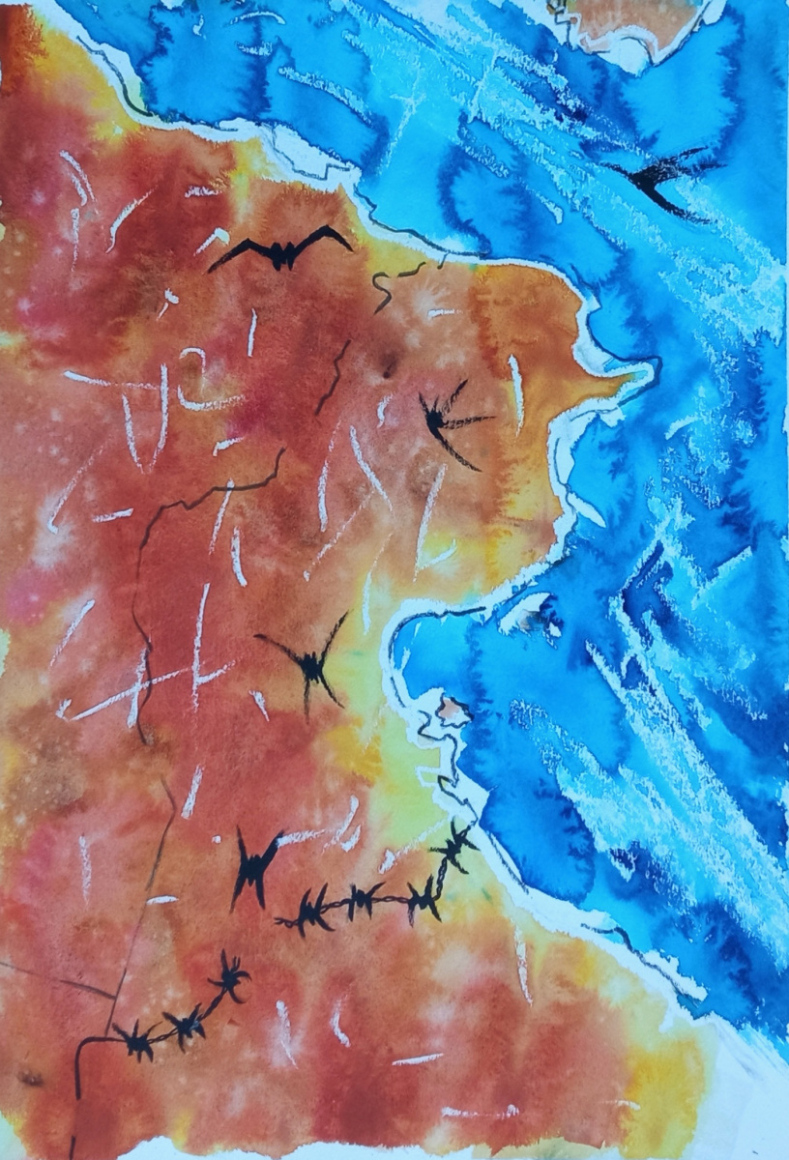WATERCOLORS BORDER WALLS PROJECT
The objective of these watercolours, which seek to show with a desire for freedom all the walls of shame built between countries and peoples, is to make us reflect on their need to exist, the tragedy that is hidden behind, etc.
And as in general in all my work, in a simple and not virtuous way. What matters is not the difficulty of the pictorial technique used but the concept, the idea that is to be expressed and transmitted plastically; For me, what is essential in art is what is said more than how it is said; nothing in my way of doing is complicated, anyone can do it, the important thing is the concept.
As Picasso said: “painting was not made to decorate apartments; It is an offensive and defensive weapon. At the same time, an artist is a political being constantly alert to the events that occur in the world, be they terrifying or pleasant.
The series of watercolours of the walls in the world does not pretend to be the watercolour reflection of a refined and virtuous technique.
It only intends to call attention in an artistic way to the different border walls that separate people, for various reasons, but fundamentally in this first and privileged world that lives with more and more fear of its invasion by the disinherited inhabitants of this part of the world looted by companies from the most developed countries.
FREEDOM APARTHEID BORDER WALLS
«The Berlin Wall was a guarded concrete barrier that physically and ideologically divided Berlin from 1961 to 1989.
The West Berlin city government sometimes referred to it as the «Wall of Shame», a term coined by mayor Willy Brandt in reference to the Wall’s restriction on freedom of movement.
Towards the end of 1989, two historic walls tumbled, astonishing and inspiring people worldwide. The first, on 9 November 1989, was the fall of the Berlin Wall after 28 years. The second wall was more symbolic but equally important in the way it divided people and segregated lives – the system of apartheid in South Africa.
It is sobering, therefore, that 30 years later, the world has more walls than ever. From six in 1989, there are now at least 63 physical walls along borders or on occupied territory across the world, and in many countries, political leaders are arguing for more of them. Many more countries have militarized their frontiers through the deployment of troops, ships, aircraft, drones, and digital surveillance, patrolling land, sea and air. If we counted these ‘walls’, they would number in their hundreds. As a result, it is now more dangerous than ever before for people fleeing poverty and violence to cross borders, after which the border apparatus is still an active threat.
We are truly living in a walled world. These fortresses segregate people, protecting privilege and power and denying others human rights and dignity.
Such borders are constructed on racist ideologies, deny groups of people basic rights and perpetuate violence.
The concept of global apartheid ‘helps explain tendencies and structures of power and global segregation’ in which ‘walls are just one of the physical and visible dimensions of the growing cultural, structural and physical violence that this system creates in the world.
We are truly living in a walled world.»
FROM:
